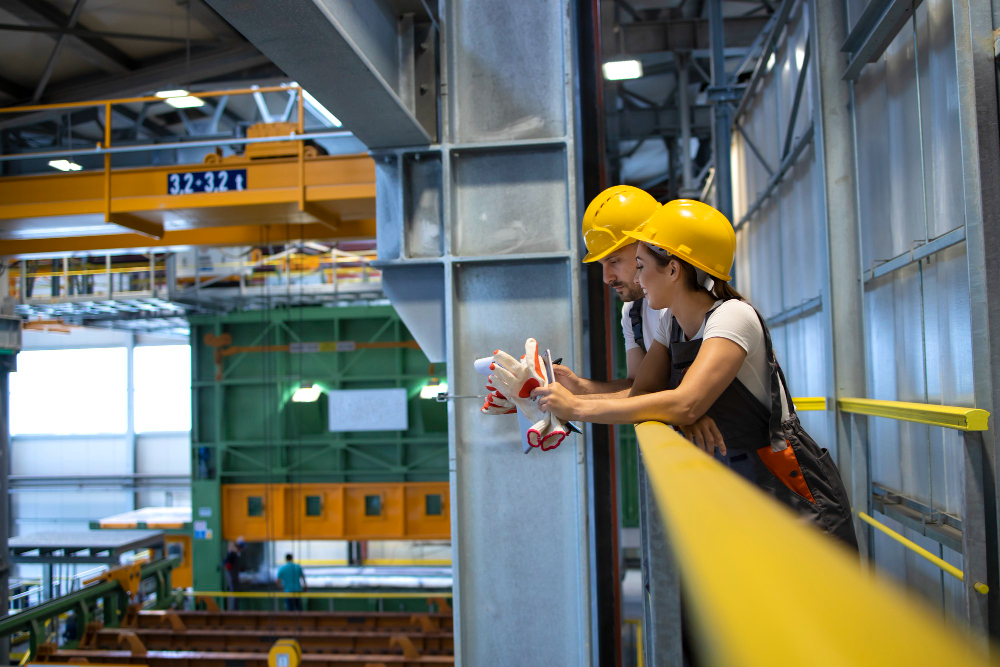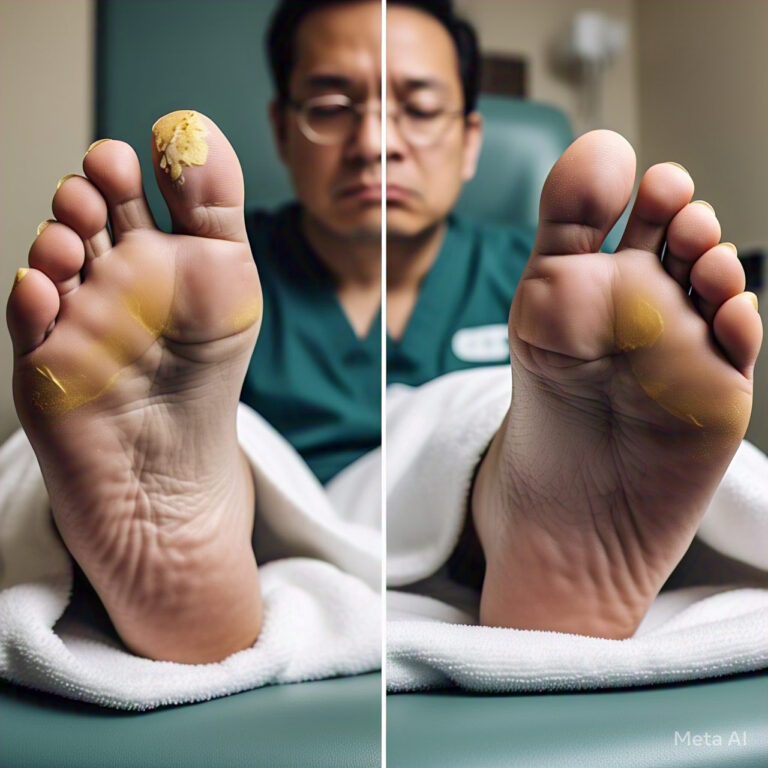Anyone who works with or near machinery must be always vigilant for potential hazards. As machines become more sophisticated and complex, we must stay informed about new developments in Industry 4.0 and how to effectively safeguard ourselves. As a result, you should ensure that all of your employees and staff are familiar with machine safety testing by ST&L standards, and hold frequent training sessions to update and reinforce them.
Operate machinery only when safeguards are properly installed and adjusted
There are numerous rules and regulations that control machine safety and the installation of adequate safeguards. It is the obligation of a business owner to follow these guidelines for machine operators, as well as to ensure that all workers who operate on or around machines do so in total safety. Machine operators should understand how to identify required machine protections and how to detect problems with them. Before using the equipment, all legally essential protections should be correctly fitted and adjusted, according to training programmes.
Never remove machine safeguards or try to get round them
If an irritating safeguard is preventing a machine operator from getting on with the job, it’s quite tempting for them to remove it or try to bypass it. This is one of the most dangerous things to do around machinery because the safeguards are clearly there for a reason and should never be removed.
Do not use a machine with safeguards that are unauthorised or damaged
Unauthorised measures that do not conform with existing regulations may also have been placed. In such cases, or if the fully authorised safeguards are destroyed, machinery should not be run.
If you discover a machine safeguard problem, report it immediately to your supervisor
Machine operators must promptly report any damage or failures in safeguards to a supervisor, who is responsible for resolving any safety issues. Only once all difficulties have been resolved can the machinery be restarted.
Lubricate machine parts wherever possible without removing the safeguard
Some machines can be lubricated without removing their safeguards, thanks to oil reservoirs that may be situated outside the guard. If access is not possible while the safeguards are still in place, the computer must be turned off and locked out before the guards may be removed.
Remove machine safeguards only after equipment lock-out/tag-out
If the protections must be removed for any reason, such as repair or replacement, this must be done only after the equipment has been locked out, tagged out, or isolated. This also applies to any machine maintenance, whether planned or reactive.
Avoid creating safety hazards, e.g. new pinch points, or letting objects fall into a machine’s moving parts
Pinch points are likely to be located near roller and gear assemblies, couplings, flywheels, spindles, and drive drums. Conveyor belt junctions, terminals, and convex curves, as well as sites near skirt plates, feed hoppers, and tracking, pose nip hazards. Any object that is purposefully or unintentionally dropped into a machine can produce a new pinch point. It may potentially inflict harm not just to the equipment, but also to the operator, due to ricochets, for example.







